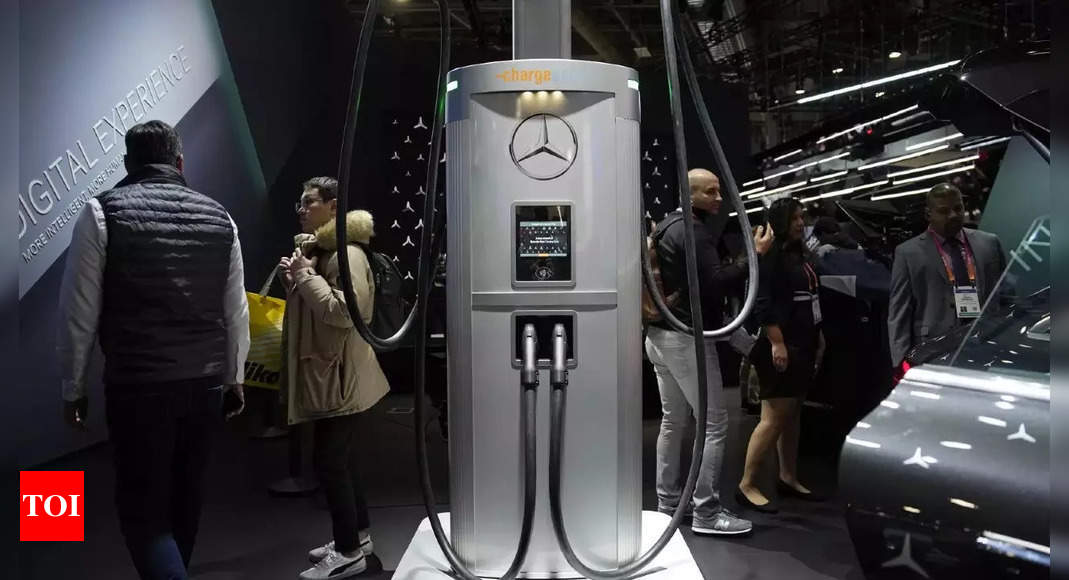[ad_1]
Hon’ble Finance Minister will be presenting her last full budget in the second 5-year term of the NDA government, Budget 2023 would attract a host of hopes from the industry players. The Hon’ble Finance Minister has an uphill task to introduce a slew of changes and policies to boost the economy meanwhile tackling the rigours of global inflation, fear of recession, geo-political conflict and added burden on fiscal deficit on account of the strengthening of the dollar.
India currently has the fourth largest retail market in the world contributing around 10% to India’s GDP. India’s retail market is estimated to reach $2 trillion by 2032, from $0.69 trillion in 2021. In this backdrop, it is likely that Budget 2023 would continue to focus on capex as a growth driver and policies may be introduced to ease inflation and boost consumption especially from the rural markets which have been under pressure for some time, for a full recovery in demand for the market.

Budget 2023: Top 5 expectations for agricultural infrastructure
Policy related measures
- In 2022, one of the challenges faced by FMCG makers was subdued rural demand. While per-capita consumption of urban consumer is thrice that of rural consumers, however, rural market is where most of opportunity is still unexplored. Therefore, focus should be on increase in government spending on rural infrastructure to strengthen rural demand by increasing incomes
- Accelerate and implement the National
Retail Trade Policy to streamline growth of all formats of retail trade, reduce compliance and regulatory burden. The policy aims at improvement in ease of doing business, ensuring easy and quick access to affordable credit, facilitating modernization and digitization of retail trade by promoting modern technology and superior infrastructural support, among others - Increasing disposable income through subsidies and revised taxation – The growth of the FMCG industry is closely linked with trends in consumption demand. Therefore, it is important for the government to push for an increase in consumption-led demand through a hike in per capita disposable income. This can be achieved by increasing the tax benefits for consumption expenditure and encouraging consumers to spend more
- The government needs to look at unconventional means of cheaper loan options. This would enable the retail players to give wings to their large-scale projects and expand their footprint in the sector
Rationalize tax laws and compliances
- Government may consider the service sector’s long-standing demand of allowing carry forward and set-off of ‘accumulated loss and unabsorbed depreciation’ currently available only to entities primarily engaged in manufacturing to ensure a level playing field for all industry players
- Government should extend the beneficial tax rate of 15% even to service sector which is currently restricted only to manufacturing units to boost ancillary industries. Further, the sunset date for the commencement of activities should be extended by a five-year period to 31 March 2029 to provide an impetus to the retail and FMCG sector
- Clarifications on India’s stand in light of the recent developments on Pillar One commitments of OECD nations and the applicability of the domestic Equalization Levy
- Consider waiving off TP compliance requirement for foreign companies receiving royalties, interest and service fees subject to withholding tax and exempt from filing tax returns to ease the overall compliance burden

Budget 2023: PLI scheme has helped increase sales of electric vehicles
Incentivize manufacturing
Expedite introduction of Production Linked Incentive (‘PLI’) scheme 2.0 for the textile sector and PLI for toys to enhance India’s manufacturing capabilities, drive growth, create employment and enhance exports
All in all, the consumer and retail sector being a key contributor to our GDP and 5 trillion dollar economy aspiration, the sector has high expectations that Budget 2023 could address and provide a much-needed boost to elevate the industry.
(Rahul Kakkad is Tax Partner at EY India. Raghavendra Vinayakvitthal, Senior Tax Professional, EY India contributed to the article. Views expressed are personal)
[ad_2]
Source link




